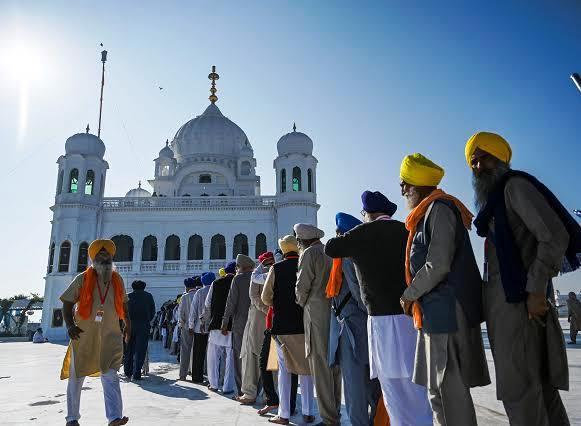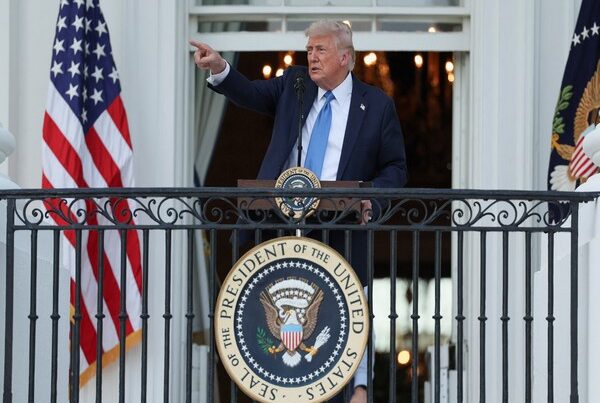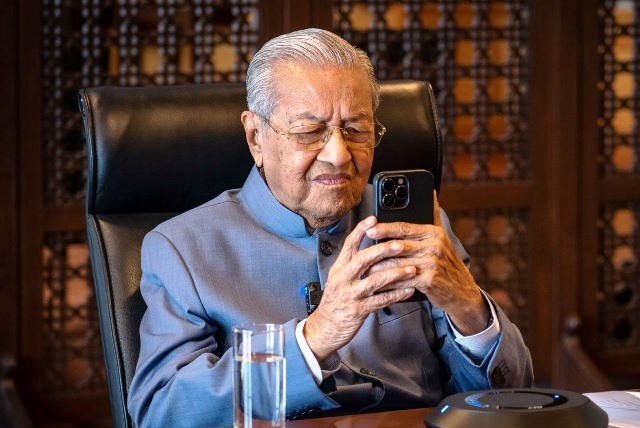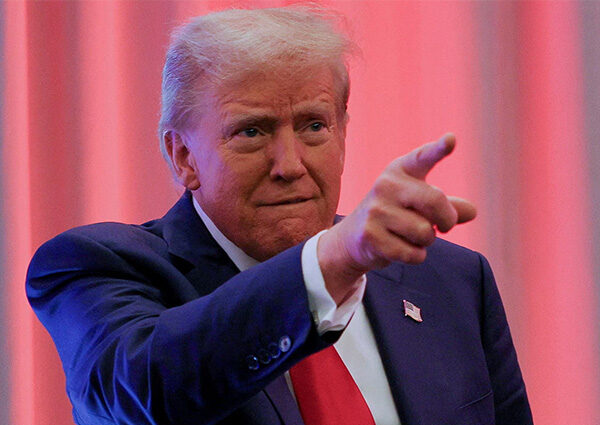
Kartarpur ‘Langah’ – The Road To Peace
At a time where India and Pakistan have not only nuclear weapons aimed at each other but also cultural and media cannons firing constantly, the opening of the Kartarpur Sahib corridor is just short of a miracle. It was on the 550 year anniversary of Guru Nanak the founder of Sikh worldview and faith. PM Modi called it the Berlin wall moment.
Prime Minister Narendra Modi praised Imran Khan for understanding the sentiments of people of Bharat. Pakistan Prime Minister Imran Khan praised Modi for enabling the corridor, called langah in Punjabi. A rare few minutes of mutual respect in an otherwise hostile no handshakes diplomatic relations.
On crossing the corridor from one side to the other the warmth and friendly atmosphere on both sides gives the impression of being in a fairyland, far removed from the reality of everyday aggression and abuse that populates social and electronic media. Hindus, Muslims and Sikhs have worked together to make this corridor a success in almost every way.
Yet distrust, conspiracy theories, accusations have not been in short supply before the corridor was opened. All were forgotten on 9th November and will probably continue to be forgotten in this oasis of peace in an otherwise 3,323 kilometre long electrified, barbed wired hostile border across which skirmishes and casualties continue elsewhere.
Kartarpur Sahib is where Guru Nanak settled and gathered his congregation after travelling some 28,000 miles around South Asia, Middle East and Tibet meeting people of great learning. Some five kilometres away, his descendants built a town, Dera Baba Nanak, where he frequently held his talks and which was built as the River Ravi swept away the original mausoleums that marked his last rites.
The Ravi, one of the five rivers that gave Punjab (five rivers) its name, cuts across the two, with Kartarpur Sahib on the west bank and Dera Baba Nanak on the east side.
On Kartarpur Sahib side, when Guru Nanak passed away, the narrative passed down generations is that Muslims and Hindus fought over whether to bury him or cremate him. His body is said to have disappeared overnight. Both communities were left with a sheet of cloth which they cut in half. Muslims buried it and Hindus cremated it. Ironically, the India Pakistan border now runs through this area, with Muslim dominated Pakistan on one side and Hindu dominated India on the other!
The corridor says a lot about the dysfunctional hostility between India and Pakistan. Governments almost feel compelled to hate each other. Armies poised to attack but holding back, in the knowledge that the end result will be catastrophic. Nuclear weapons will make inhabitable for generations the land both seem to be coveting in their rhetoric.
It is a colonial manufactured war being played at low level with insurgencies, cross border firing and wasteful expenditure on weapons aimed at each other.
The corridor opened a window into another side, the real world affected by the division of British India. When ordinary Indians and Pakistanis meet, they talk, joke and reminisce as if they are the best of neighbours. Even the security personnel on both sides have but smiles, politeness and courtesy. Where is the anger! Where is the fire that permeates the social media waves and blurts on the megaphones?
When the people from the two sides meet, they fail to understand why the two countries cannot sort out the differences. Yet a few hundred yards from this oasis of peace, starts one of the most hostile terrains in the subcontinent. A barbed and electric fence runs across it with a 100 meter no man’s land lit by flood lights visible from space at night. The war is evident in the make-up of the border. People meet, hug, exchange small talk, then have to go back to their own borders carrying warm but confused memories.
The British created communal representation in early 1900s pitching Hindus, Sikhs and Muslims against each other in electoral camps. British India was partitioned with Muslim dominated Pakistan on one side and Hindu dominated India on the other. The majority of Sikhs went to India. Leaders of Indian Congress and Muslim League were not big enough or bright enough to outwit the British who, as papers from the period reveal, designed the partition to create a permanent state of tension.
Clearly thousands of years of Indian wisdom collapsed in the face of British ingenuity. To date the two countries face each other like fighting cocks with the master elsewhere. They are sold weapons, given training and shown how to fire their anger.
The Sikhs went over to India. The Radcliffe line, an incredibly insensitive division of land runs through without much thought given to history, populations, cultures etc. Some of the most important historic shrines of Sikhs are in Pakistan. Nankana Sahib, the birth place of Guru Nanak is in Pakistan. Kartarpur Sahib and Dera Baba Nanak, are on opposite sides of the border. Sikhs saying prayers on one side can hear from the other side at times.
One of the unintended outcomes of the Punjab insurgency has been that the Sikh leaders who took refuge in Pakistan, pushed the Pakistan Government to open the Gurdwaras to wider Sikh public. As a result Sikh pilgrims have been going to Nankana Sahib, some 70 kilometre inside the border, for over twenty years. ‘Jathas’ from India go regularly on Guru Nanak’s birthday and on Vaisakhi as well as select other holy days. Sikhs from around the world also visit the shrines in ‘religious tourism packages’. The result is that there is little appetite within Sikhs to treat Pakistan as enemy and fight for no other reason other than the two countries have an attitude.
The Kartarpur Sahib corridor has softened the Sikhs of Punjab even further. They see a splendid building, a friendly arrangement and a Pakistani side as warm as any neighbour.
It provides both a dilemma and an opportunity for India. The Sikhs of Punjab are at best indifferent to the India Pakistan tension and more likely to be unenthusiastic for any war.
Kashmir, a hostile terrain at the best of time for Indian security officers, will likely to become an even more hostile environment in the instance of a land war with Pakistan.
With two of the most important theatres of war between any conflict between India and Pakistan neutralised to some extent, the options for a land war unsupported by the local population seem to pose logistic issues. Armies fight best when the local population is with them.
The theatre of war can always move to Gujrat where there is a high decibel rhetoric for war but no history of martyrs. A conflict could finally test the Gujratis who seem to be at the forefront of hate Pakistan rhetoric around the world. However reconciling the shrill with the physical is unlikely.
It is not surprising then that PM Modi made a subtle offer to Pakistan. He said at the opening of the Kartarpur Sahib corridor that it is like the fall of the Berlin wall. He knows the hearts of the Sikhs are going to be won over by Pakistan. The most powerful arsenal in Indian armoury is being softened.
Calmly, Modi went on to say that Kartarpur Sahib corridor may be the beginning of peace between the two countries. He is hoping the oases will start to dissolve the wall all around.



